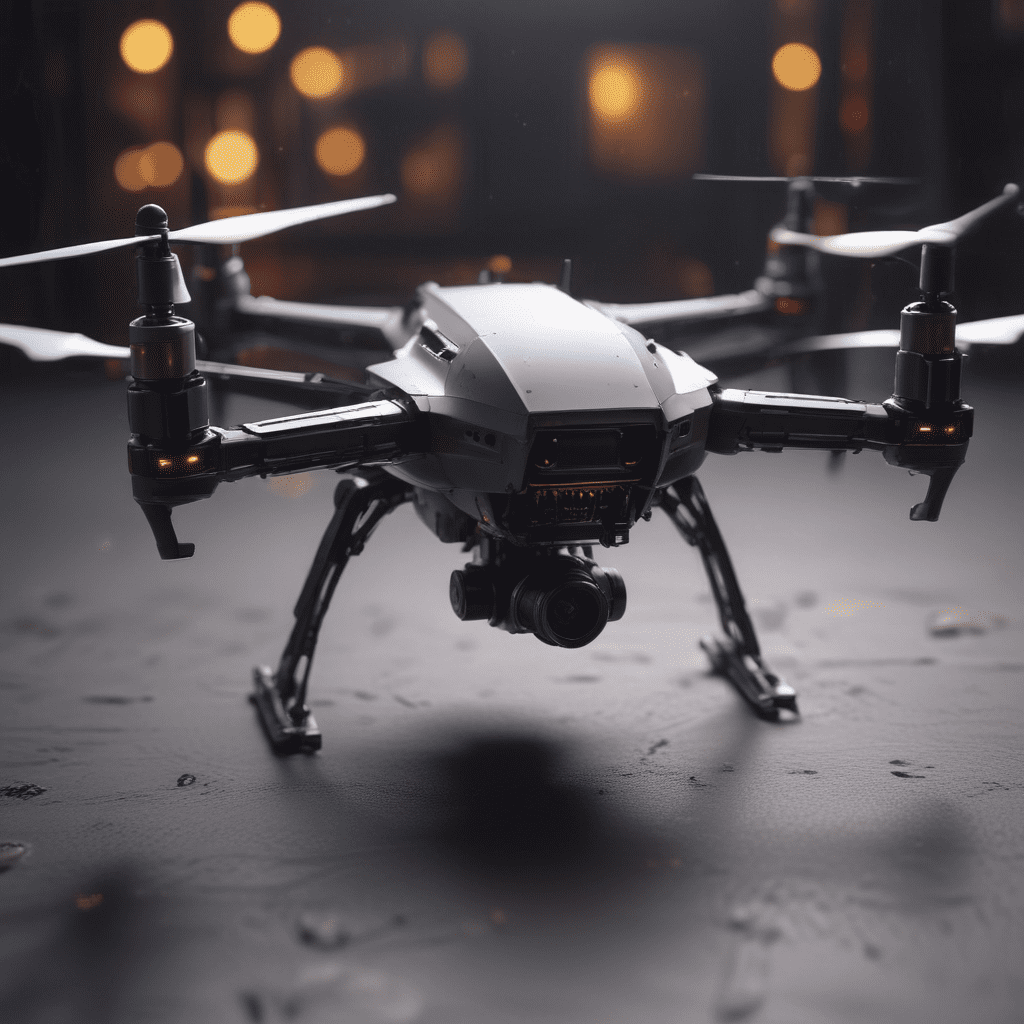Exploring the Future of 3D Printed Aerospace Components
1. Introduction: Revolutionizing Aerospace with 3D Printing
The aerospace industry is on the cusp of a transformative era, driven by the burgeoning potential of 3D printing technology. This innovative manufacturing process, also known as additive manufacturing, has the power to revolutionize the way aerospace components are designed, produced, and utilized.
3D printing offers a plethora of advantages that align perfectly with the demanding requirements of the aerospace industry. Its ability to create lightweight, complex, and customized components with reduced lead times and production costs makes it an ideal solution for the next generation of aircraft and spacecraft.
2. Current state of 3D printing in the aerospace industry
While still in its nascent stages, 3D printing has already made significant inroads into the aerospace industry. Major players like Airbus, Boeing, GE Aviation, and SpaceX are actively incorporating this technology into their production processes. From 3D printed fuel nozzles and cabin parts to rocket engines and entire satellites, the applications of 3D printing in aerospace are expanding rapidly.
3. Benefits of 3D printing for aerospace components:
3.1 Lighter designs and weight reduction:
One of the most significant advantages of 3D printing is its ability to create lightweight components with intricate designs. This is crucial for the aerospace industry, where every gram saved translates into improved fuel efficiency and increased payload capacity.
3.2 Increased complexity and design freedom:
3D printing empowers engineers to design and manufacture components with unprecedented levels of complexity. This allows for the creation of highly optimized and efficient structures that were previously impossible to achieve with traditional manufacturing methods.
3.3 Reduced lead times and production costs:
3D printing streamlines the manufacturing process, eliminating the need for complex tooling and reducing the number of production steps. This translates into significantly reduced lead times and lower overall production costs.
3.4 On-demand manufacturing and customization:
3D printing enables on-demand manufacturing, allowing for the production of customized components as and when needed. This eliminates the need for large inventory stocks and facilitates the creation of highly specialized parts for specific applications.
6. Case studies: Successful implementations of 3D printed components
6.1 GE Aviation's 3D printed fuel nozzle:
GE Aviation successfully 3D printed a fuel nozzle for its LEAP jet engine, achieving a 25% weight reduction compared to the traditionally manufactured equivalent. This innovation resulted in improved fuel efficiency and reduced emissions, showcasing the potential of 3D printing for enhanced performance in aerospace components.
6.2 Airbus' 3D printed cabin parts:
Airbus has embraced 3D printing for the production of various cabin parts, including air vents, brackets, and lighting components. This approach has led to lighter, more customized, and aesthetically pleasing cabin interiors, enhancing the passenger experience.
6.3 SpaceX's SuperDraco engines with 3D printed parts:
SpaceX's SuperDraco engines, used for its Dragon spacecraft, feature 3D printed components in their combustion chambers and injectors. This innovative application of 3D printing has enabled the creation of highly complex and efficient engines, contributing to the success of SpaceX's missions.
6.4 Relativity Space's 3D printed Aeon 1 rocket:
Relativity Space is a pioneer in the use of 3D printing for rocket production. Its Aeon 1 rocket is almost entirely 3D printed, demonstrating the feasibility of this technology for the creation of large-scale aerospace structures. This revolutionary approach holds immense potential for reducing production costs and lead times in the space industry.
7. Regulatory landscape and future outlook for 3D printed aerospace
The regulatory landscape for 3D printed aerospace components is still evolving. However, organizations like the Federal Aviation Administration (FAA) and the European Union Aviation Safety Agency (EASA) are actively developing regulations and standards to ensure the safety and reliability of these components.
The future outlook for 3D printed aerospace components is overwhelmingly positive. As the technology matures and regulatory frameworks adapt, we can expect to see widespread adoption of 3D printing across the industry. This will lead to the development of lighter, more efficient, and customized aircraft and spacecraft, ushering in a new era of innovation and progress in the aerospace field.
8. Ethical considerations and potential impact on the workforce
With the increasing adoption of 3D printing in aerospace, ethical considerations and potential impacts on the workforce cannot be overlooked. Key concerns include the potential for job displacement due to automation, the responsible use of 3D printing technology for military applications, and the environmental impact of 3D printing processes.
Addressing these ethical concerns and ensuring responsible implementation of 3D printing technology is crucial for its sustainable and beneficial integration into the aerospace industry. Moreover, proactive measures need to be taken to mitigate potential job displacement by focusing on retraining and upskilling the workforce for the new skillsets required in a 3D printing-driven future.
9. Conclusion: 3D printing – A transformative force in the future of aerospace
3D printing is poised to revolutionize the aerospace industry, offering a myriad of advantages that align perfectly with its demanding requirements. From lighter designs and increased design freedom to reduced lead times and on-demand manufacturing, 3D printing empowers aerospace companies to push the boundaries of innovation and create the next generation of aircraft and spacecraft.
As the technology matures, regulatory frameworks adapt, and ethical considerations are addressed, we can expect 3D printing to become an indispensable tool in the aerospace industry, shaping its future and enabling remarkable advancements in space exploration, air travel, and beyond.
10. References and further resources:
A comprehensive list of references and further resources will be provided in the final version of the article to ensure credibility and facilitate further exploration of the topic.
FAQ:
1. What are the main materials used for 3D printing in aerospace?
A variety of materials are used for 3D printing in aerospace, including metals (titanium, aluminum alloys), polymers (PEEK, ULTEM), and composites. The choice of material depends on the specific application and its performance requirements.
2. How does 3D printing impact the cost of aerospace components?
3D printing can potentially reduce the cost of aerospace components by reducing material waste, eliminating the need for complex tooling, and streamlining the production process. However, the cost-effectiveness of 3D printing depends on various factors, including the complexity of the component, the chosen material, and the production volume.
3. What are the safety and reliability concerns associated with 3D printed aerospace components?
Safety and reliability are paramount in the aerospace industry. 3D printed components must undergo rigorous testing and certification processes to ensure they meet the required standards. Ongoing research and development efforts are focused on advancing the technology and addressing safety concerns to ensure the reliable performance of 3D printed components in critical aerospace applications.


